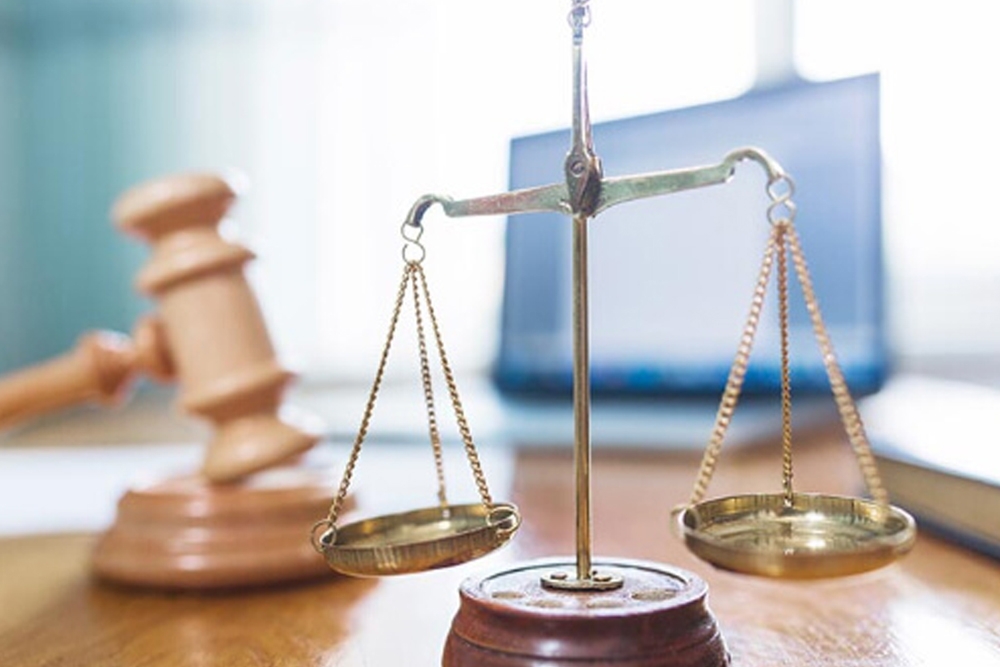How Your Property is Affected in Chapter 13 Bankruptcy

Chapter 13 is a repayment bankruptcy for consumer debtors only. Businesses are not eligible for Chapter 13. The basic theory for Chapter 13 is that the debtor pays unsecured creditors what he or she can afford over three to five years. Examples of unsecured creditors are medical bills and credit cards. The debtor does not lose property during a Chapter 13 bankruptcy.
Several calculations are made to determine what the debtor must pay to unsecured creditors – most focusing on the debtor’s income. However, one test looks to the debtor’s property and asks a basic question, “How much would unsecured creditors receive if the debtor filed Chapter 7?” In a Chapter 7 bankruptcy case non-exempt property is liquidated and the cash is used to pay unsecured creditors. For example, say you are the proud owner of Peanut The Royal Blue Elephant, a rare Beanie Baby with a fair market value of $4,500. Suppose there is a remaining balance of $1,000 on a loan with Superior Credit Union to buy Peanut. Finally, suppose you have an available legal exemption of $1,000 that you can use to protect Peanut. In a Chapter 7 case, the amount available for unsecured creditors is:
$4,500 Fair Market Value of Peanut
$1,000 Superior lien
$1,000 Exemption
——-
$2,500 Non-exempt equity
In a Chapter 7 bankruptcy, the trustee would take and sell Peanut, pay Superior the amount owed on its lien, pay you $1,000 for your exemption, and use the remaining money to pay unsecured creditors (after deducting a nice sum for administrative expenses).
In a Chapter 13 bankruptcy the trustee does not liquidate property. Instead, the debtor must commit to pay an amount equal to the sum unsecured creditors would have received during a Chapter 7 liquidation bankruptcy. If you filed a Chapter 13 case, you keep Peanut, but you must pay an additional $2,500 to unsecured creditors over three to five years. This amount is on top of the monthly amount that is calculated from your disposable income by the Means Test.
This calculation is often called the “Best Interest of Creditors Test,” and is most commonly used in home or vehicle equity situations. In effect, the debtor “buys” the non-exempt equity from the estate. The fair market value of the property, an accurate accounting of liens on the property, and applying all available legal exemptions are all critical to this Test.
If you have property you want to keep during bankruptcy, consult with an experienced attorney. The federal bankruptcy laws offer powerful strategies to protect property and discharge debts.
